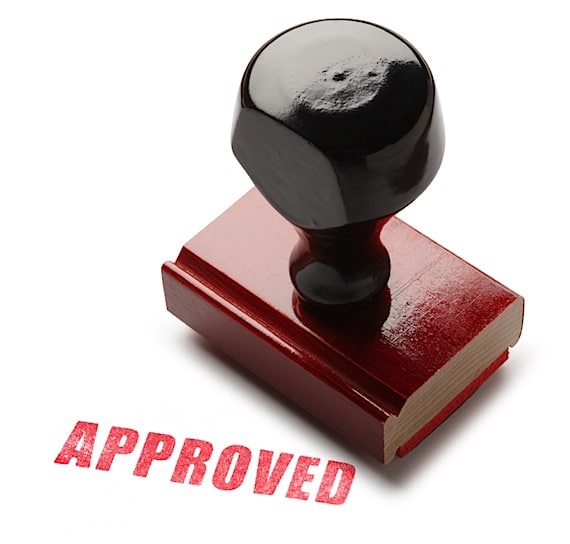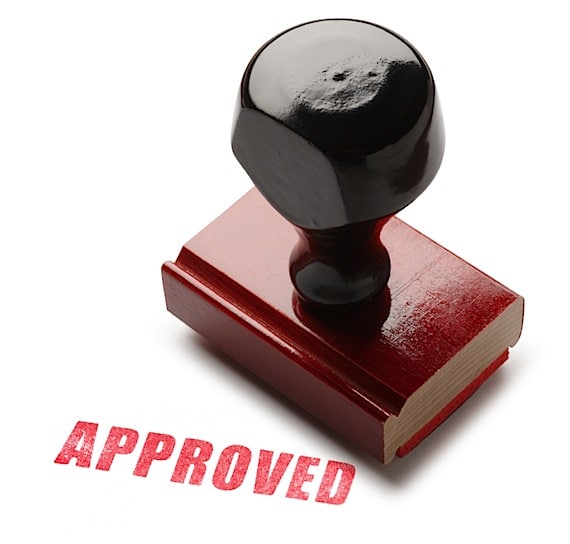When I was in corporate management, I spent a great deal of time listening to proposals. Those doing the pitching usually needed my approval to proceed with their project. Frankly, I was amazed at how poorly most people do in these kinds of situations.

In fairness, most of us never received any formal training in this important skill. As a result, we flounder about, not knowing why it seems so difficult to get to “yes.”In this post and the next two, I want to provide you with a few shortcuts, based on my thirty-plus years in business. Hopefully, this will shorten your learning curve and help you get to “yes” faster with your boss.
Here are six keys I have used successfully to get my boss to say “yes” to my proposals.
Step 1: Understand the Customer
The first and most important key to getting to “yes” is to focus on your boss’s needs not yours. Everything else in this post is a footnote to this point.
No one cares about your needs. Okay, maybe I’m overstating it; a few people care. But, certainly everyone is more interested in having their needs met than yours. That’s just reality. The sooner you accept it, the faster you will get to “yes.”
Like it or not, you are in sales (everyone is). And for a salesperson to be effective, he must show the prospect how his product will solve the prospect’s problem or meet the prospect’s need.
The same is true for the manager seeking approval on an important project.
The boss doesn’t care how your proposal will make your life easier.
He’s concerned about his needs and the needs of the company. So you must frame your proposal in these terms.
Most top managers have two basic needs. They want to:
- Grow their organization.
- Increase their profitability.
Whether they are a private company or a public one, this is the ticket to their personal success. It is even true in non-profits. If your proposal promises to do either, you’ve got their ear. If not, you’re likely dead before you start.
Middle managers have similar needs. However, in addition, they have a need to improve their image with their supervisor(s). They also have a need to meet their unit’s goals.
So before you schedule an appointment to pitch your proposal, you must answer the question:
“How is my proposal going to help my boss achieve his or her goals?”
If you can’t answer that question, you’re not ready to make the pitch.
For example, when I was a COO, one of my vice presidents wanted to add two graphic designers to his unit. With salary, benefits, and other overhead, this was going to cost about $100,000 a year.
However, rather than lead with this, he said, “Boss, great news. I figured out a way to save the company $100,000 a year.” For me, that translated into additional profit, so I was immediately interested.
He then explained how we were already spending about $200,000 a year in outsourcing cover designs for a particular category of books. He convinced me that we could cut our expenses in half by bringing this function in-house.
He made it a “no-brainer” because he showed me how his proposal met my needs.
Step 2: Commit to Success
When I had a boss, I had a basic rule: Don’t take a swing unless I am confident I will hit the ball. The goal here wasn’t to avoid risk, but to make sure I was fully committed before I stepped up to the plate.
I would encourage you to do the same. Don’t make the pitch unless you intend to make the sale. Your credibility as a manager is at stake—with your boss, your peers, and your direct reports.
For example, I used to work for a guy who couldn’t sell his boss (eventually my boss) anything.
This was unfortunate for me, because my proposals often exceeded his approval limit. He would then have to take my proposal to his boss for approval.
In the beginning, he enthusiastically approved my proposals and promised to get his boss’ approval. However, almost always, he would come back with his tail between his legs, mumbling about how unreasonable his boss was.
Eventually, he started procrastinating going to his boss. He knew he would get rebuffed and didn’t want to appear powerless to me. As a result, my proposals would languish on his desk, waiting for an approval that would never come.
After about six months of this behavior, his boss sensed my frustration. He then asked me to start reporting directly to him.
Frankly, based on my previous boss’s comments, I dreaded the prospect of reporting to the big boss. I assumed he was an unreasonable, capricious tyrant.
However, I found him to be exactly the opposite. He was a great listener and sincerely wanted to help me. He made quick decisions and never impeded my progress.
I worked for him for three years. My ability to get quick decisions from him enhanced my credibility, both with him and my direct reports. They knew they could count on me to get the approvals they needed to accomplish their goals—and mine—in a timely manner.
The key here is to choose your battles and prepare thoroughly.
Eventually, you will develop a reputation for getting things done. This reputation will actually make it possible to pre-sell your boss before you ever say one word.
He’ll be thinking, If Sally is recommending this, it is worth serious consideration. I can be confident she has thought it through and asked the tough questions.
In part 2 of this series, I will explain how to create a bullet-proof proposal that will make it easier for your boss to give you the approval you need.
Disclosure of Material Connection: Some of the links in the post above are “affiliate links.” This means if you click on the link and purchase the item, we will receive an affiliate commission. Regardless, we only recommend products or services we use and believe will add value to our readers. We are disclosing this in accordance with the Federal Trade Commission’s 16 CFR, Part 255: “Guides Concerning the Use of Endorsements and Testimonials in Advertising.









